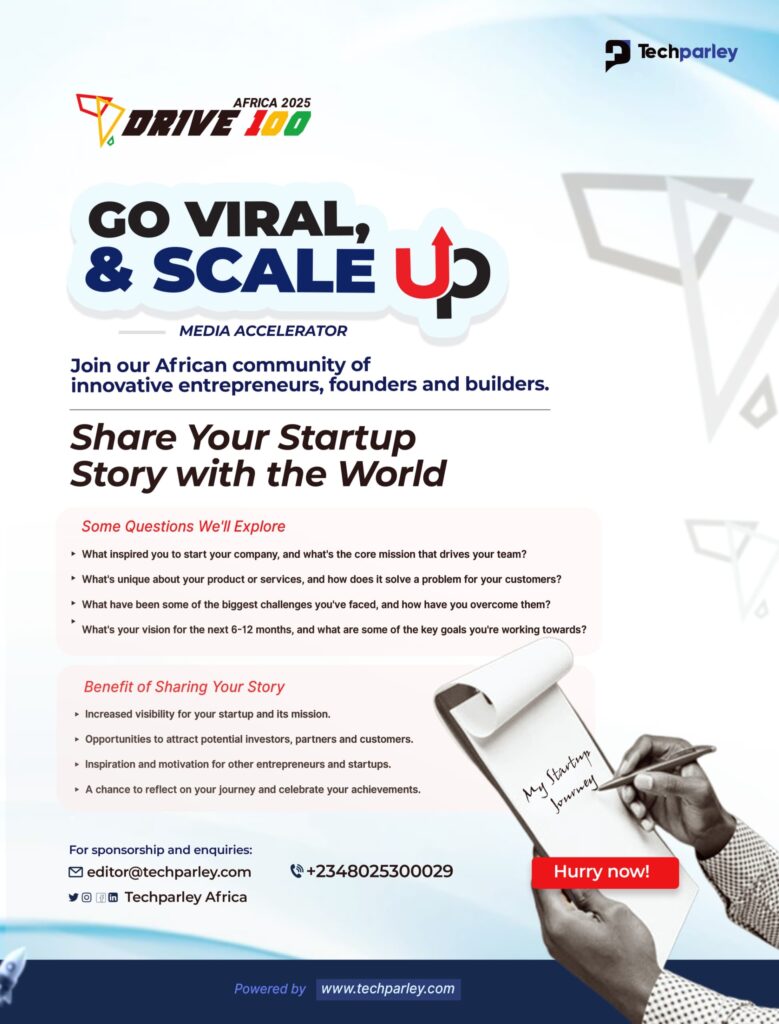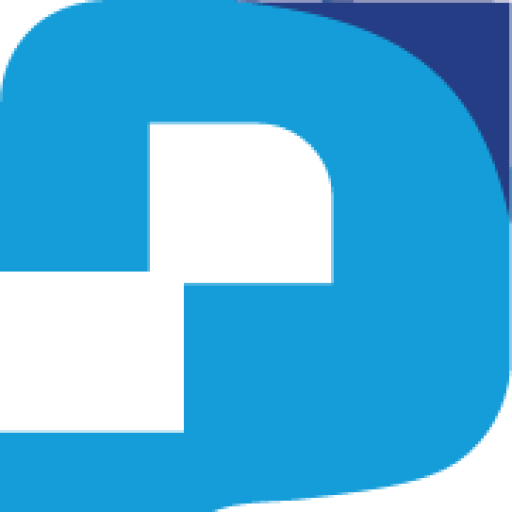Artificial Intelligence is transforming how workplaces operate, from managing schedules to generating reports and analysing data. If you’ve ever wondered how to use AI to automate office tasks, this guide breaks down everything you need to know.
Whether you’re an entrepreneur, project manager, or HR lead, learning how to integrate AI tools into your daily workflow can save hours of repetitive work, boost productivity, and reduce errors.
Understanding AI Automation in the Modern Workplace
Office automation goes far beyond using templates or spreadsheets. Today’s AI tools can read, write, organise, and even make recommendations, all powered by machine learning and natural language processing.
Imagine generating meeting summaries in seconds, automatically updating your CRM after client calls, or using AI assistants to manage your inbox and draft replies, that’s the new reality of work automation.
AI-driven automation allows teams to focus more on creative and strategic tasks while letting intelligent systems handle repetitive operations like data entry, scheduling, and reporting.
Top Areas Where AI Can Automate Office Tasks
1. Email and Communication Management
Tools like Superhuman and Missive use AI to sort, prioritise, and even draft responses based on your tone and previous messages. ChatGPT can also be used to compose professional emails or summarise long threads.
2. Scheduling and Calendar Coordination
AI assistants such as Motion, Clockwise, and Reclaim.ai automatically find ideal meeting times, manage conflicts, and adjust schedules dynamically. This reduces back-and-forth communication and saves hours weekly.
3. Document Creation and Editing
Notion AI, ChatGPT, and Jasper can draft, edit, and format reports, proposals, and memos within minutes. For longer documents, you can train these tools to mirror your writing style for consistency.
4. Data Entry and Reporting
AI-powered tools like Zapier, Make (Integromat), and UiPath integrate across CRMs, spreadsheets, and analytics platforms to collect, update, and visualise data automatically.
5. Human Resources and Recruitment
AI HR platforms like Workable and HireVue streamline recruitment by screening CVs, scheduling interviews, and generating candidate assessments automatically, letting HR teams focus on human connection rather than manual filtering.
How to Get Started with AI Office Automation
- Identify Repetitive Workflows – Start by listing out routine or time-consuming tasks that don’t require deep creativity or judgment.
- Choose the Right Tools – Match tools to tasks: ChatGPT for writing, Zapier for data automation, or Notion AI for knowledge management.
- Train the Tools to Understand Your Workflow – Provide examples, feedback, and corrections so the system learns your preferences and processes.
- Integrate and Test – Link your tools using APIs or connectors. For example, connect Gmail, Notion, and Slack to create an AI-driven productivity loop.
- Monitor and Optimise – Regularly assess automation accuracy, update workflows, and retrain the AI when business processes evolve.
Benefits of Using AI to Automate Office Tasks
- Increased productivity: AI helps teams complete routine tasks faster.
- Fewer errors: Automated data entry and reporting reduce human mistakes.
- Smarter decisions: AI tools provide real-time insights from data.
- Cost efficiency: Automation reduces the need for repetitive administrative roles.
- Happier teams: Employees can focus on strategic and creative work.
Challenges to Watch Out For
- Over-automation: Not every task should be automated. Human judgment still matters.
- Data privacy: Ensure AI tools comply with company security policies.
- Skill gaps: Teams may need training to understand and manage AI systems.
- Tool integration issues: Compatibility between different AI software can be tricky.
What This Means
AI is no longer just for tech companies, it’s for every modern office that values efficiency and growth. Learning how to use AI to automate office tasks empowers individuals and teams to work smarter, not harder.
As AI evolves, it will continue to reshape the workplace, freeing professionals from repetitive tasks and allowing more focus on innovation and human creativity.
FAQs About How to Use AI to Automate Office Tasks
What kind of office tasks can AI automate?
AI can automate a wide range of office tasks such as scheduling meetings, responding to emails, managing data, generating reports, transcribing meetings, and analysing performance metrics. Essentially, anything repetitive or rules-based can be streamlined with AI.
Do I need technical skills to use AI automation tools?
Not necessarily. Many modern AI tools like Notion AI, ChatGPT, and Zapier are designed for non-technical users. They use no-code or low-code interfaces, meaning you can automate processes through simple prompts or drag-and-drop workflows.
How secure is it to use AI for office automation?
Most reputable AI tools comply with international data privacy standards such as GDPR. However, users should always review each tool’s privacy policy, avoid sharing sensitive information, and use enterprise-grade versions for corporate security.
Can AI integrate with tools I already use in the office?
Yes. AI automation platforms like Zapier, Make (formerly Integromat), and Microsoft Power Automate allow seamless integration between common tools such as Google Workspace, Slack, Notion, Asana, and CRMs like Salesforce or HubSpot.
Will AI replace human office workers?
AI won’t replace humans but rather assist them. It takes over repetitive, time-consuming tasks, allowing professionals to focus on creative, analytical, and decision-making roles, areas where human judgment remains irreplaceable.






